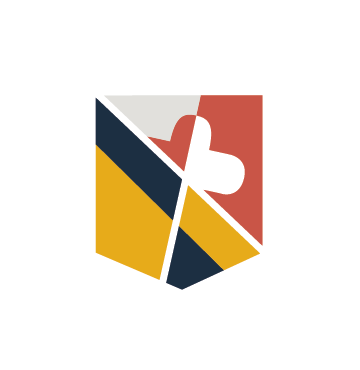Click here for the stand-alone .PDF document.
Last spring’s move to emergency remote teaching was hard on both faculty and students. In the midst of an unfolding, global crisis and a sudden displacement away from campus, faculty scrambled to move courses online in a matter of days while students attempted to stay connected to their courses and their peers. Frankly, it’s amazing things came together as well as they did. As we turn our attention to the fall, however, it’s important to acknowledge that students’ experiences from the spring may impact how ready they are to learn coming into this semester.
It’s possible to find out about students’ readiness to learn through short, simple activities. These are typically ungraded exercises that could still count toward participation. They can be stand alone or be appended to traditional homework or quizzes. Once you know where students are starting from in terms of their knowledge, motivation, and feelings you can explore ways to adjust instruction to address the difficulties they are having.
Strategies for Gauging Students’ Knowledge and Skills
Concept maps can provide insight into how well students understand conceptual relationships, such as root causes, component parts, or disciplinary currents. These are typically drawings that students make on their own or in pairs/small groups. For more information, click here.
Background knowledge probes are short questionnaires designed to give you specific, useful feedback on students’ prior learning. They can help you determine the most effective starting point to begin instruction. They can also signal to students what are the most important aspects of what has been learned and what is to be learned about the topic. These can be broader than concept inventories, though they are similar. For more information, click here.
Strategies for Gauging Students’ Motivation
A K/WTK (Know/Want to Know) chart can be useful to help students describe everything they know about a topic coming into the course as well as what they want to learn about the topic. You can also ask students to continue building the chart by add what they learned at different points in the semester (K/WTK/L) and compare what they learned to what they knew before and what they wanted to learn. For more information, click here.
A “More About You” Survey can be given to students prior to, or following, the first class meeting/ module. Tanner (2011) includes factual questions (e.g., major, class standing, transfer status, gender identification), questions about students’ career goals, and as well as questions about what has been most and least effective for students’ learning in prior courses in the discipline. She also includes room for students to share what else they would like to tell her about them as learners. Given the rapid move to remote and online learning, consider including prompts related to students’ access to technology (generally or with respect to specific tools) and other infrastructure that you know will be important for their success in your course. For more information, click here.
Strategies for Gauging Students’ Affect
For some helpful first steps in thinking about how to boost students’ emotional well-being, see the Teaching in Times of Crisis resources compiled by Vanderbilt University’s Center for Teaching Excellence. For more information click here.
At the start of the semester, Dyadic Interviews provide a structured opportunity for students to pair up and talk about values, attitudes, beliefs, and prior experiences that are relevant to course content or learning goals. It can also serve a community-building function in an online or hybrid course. Prompts could focus on students’ experiences with their classes in the spring semester, such as questions about techniques and strategies that students employed to study, to cope, or to maintain connections to classmates. Experience questions are designed to reveal students’ prior experiences, while personal response questions are designed to probe students’ personal or emotional responses. For more information, click here.
A Personal Learning Environment (Barkley & Major, 2016) is a map that students can create illustrating the people and resources they can access to help them in their learning. Nodes represent people or resources, and ties depict the relationships between the nodes. For more information, click here.
One-word check ins or emoji roll calls can help you quickly get a pulse on where students are emotionally at a given moment in time. Starting this practice at the beginning of the semester can help communicate to students from the start that their well-being is important to you.







